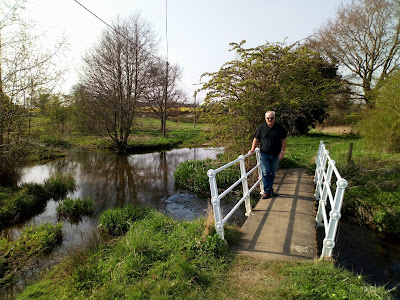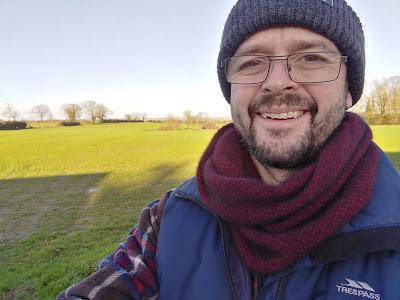 |
| Perfectly Imperfect |
There are important milestones in our lives. These rocky, chiseled milestones mark the passage of our journies through life. Some come unexpectedly, whilst others are constructed.
From birth, there are any number of road signs and rites of passages open to us. These are place holders for the changes in our direction and choices that we make. They help us gain the witnesses of our journeys. They help us acknowledge that deep need that we were here, we lived, and we had an impact. We were celebrated, even if forgotten.
They are often firsts; from naming ceremonies, new schools, falling from bicycles, making of friends, and their departures too.
Others are more like dustily lit grandparent clocks in swirling motes of golden evening light, striking a beat to the shadowed door at corridor's end. The gentle ring of the birthday, repeated not endlessly but increasingly quickly, ushers us through.
When it comes to the LGBT community, some milestones could not in the past be found or made, let alone passed. A road, blocked by society's mores, laws and technicalities, prevented our passage. In the past, my partner and I would not have been able to cross that barrier.
I am so grateful for other's past efforts. People I do not know, travelled on paths I will not have to traverse. They reduced and broke the barriers into new territory for us to explore. We now have different lives to make and histories to recreate. It's our responsibility to take their spirits with us, as we go. They are our own ancestors.
Now our celebration of marriage had two milestones, in two countries, across two hemispheres. Quite a journey to make, and quite a few adventures during it. Two ceremonies that for us, opened and closed the proceedings.
The first, in Darwin, Australia, legally cemented that stone into place. Amongst friends and witnesses we celebrated the placement of that important foundation.
We had two gold rings made in New Zealand as this was the place where we both met. A fitting tribute and bookmark to celebrate that chapter.
 |
| Gold from our meeting place in New Zealand |
The second ceremony, the 'Exchange of Rings Ceremony', was held in Hempton, Norfolk, England, and helped us chisel the words we needed to say amongst our family, friends and witnesses from that place from which we both started our journeys.
On both days, all the people that were present; all the people who couldn't be there; all the people we have ever known, who are no longer with us, they all helped the two of us get to that precise moment, to that important milestone, whether they or we knew it our not. Through every action, influence and decision that affected us, we found ourselves there, to take that next step on our shared journey together.
For me, that is perfectly imperfect, sublime, and divine. The celebration of things that just are as they are. The blissful feeling that anything positive, or negative in our lives that impacted on us, motivated us to get to this very moment. The realisation that mistakes do not really exist. That we're all on our own paths, and when our paths cross, it is important to pause, take stock and mark the moment.
Here's to the next stages of our journey. The good, the bad, and for better or worse, here's to that sublime feeling of being in this together. And remember that most important piece of advice. 'Keep Calm and Carry On'.















































